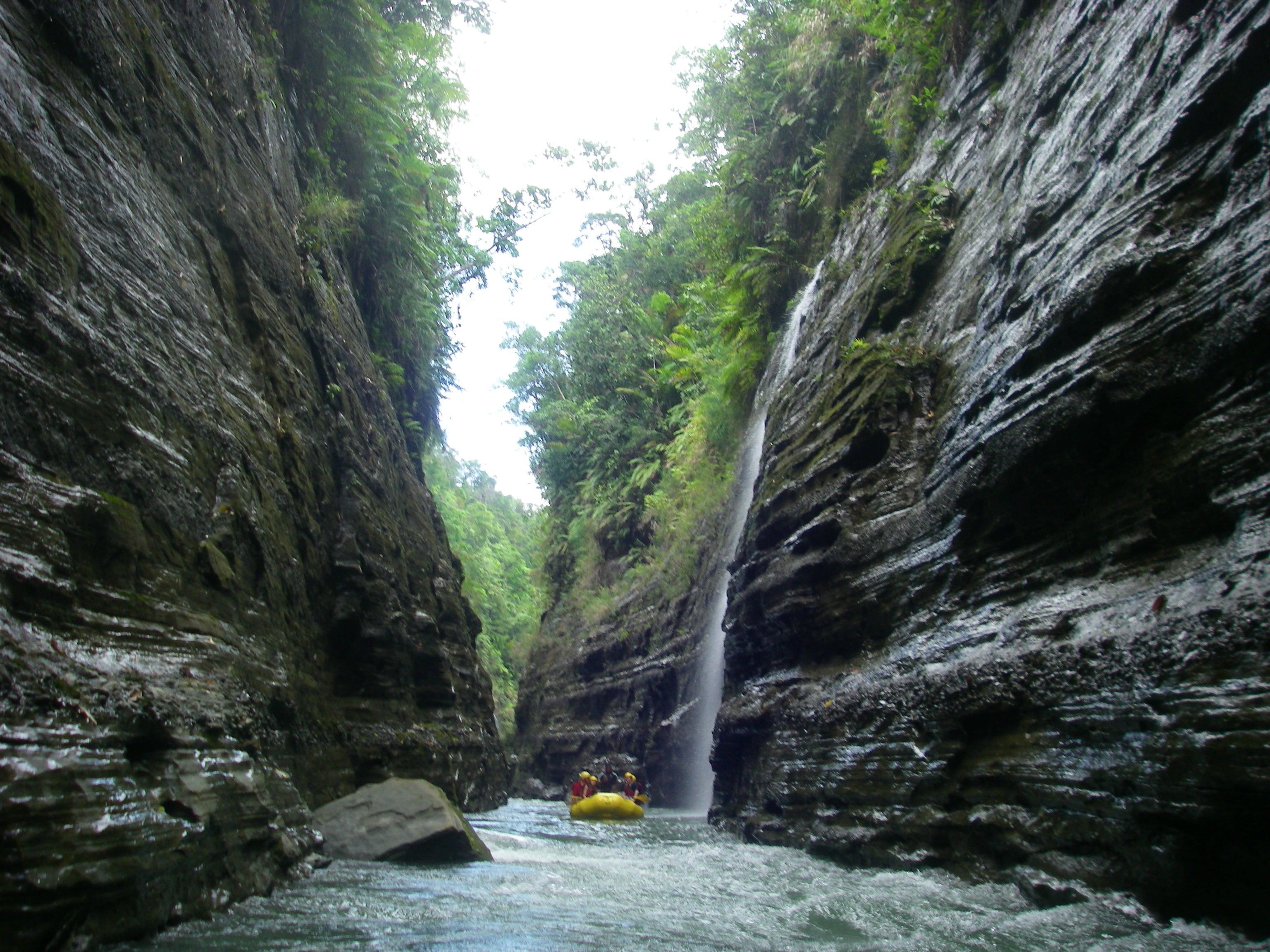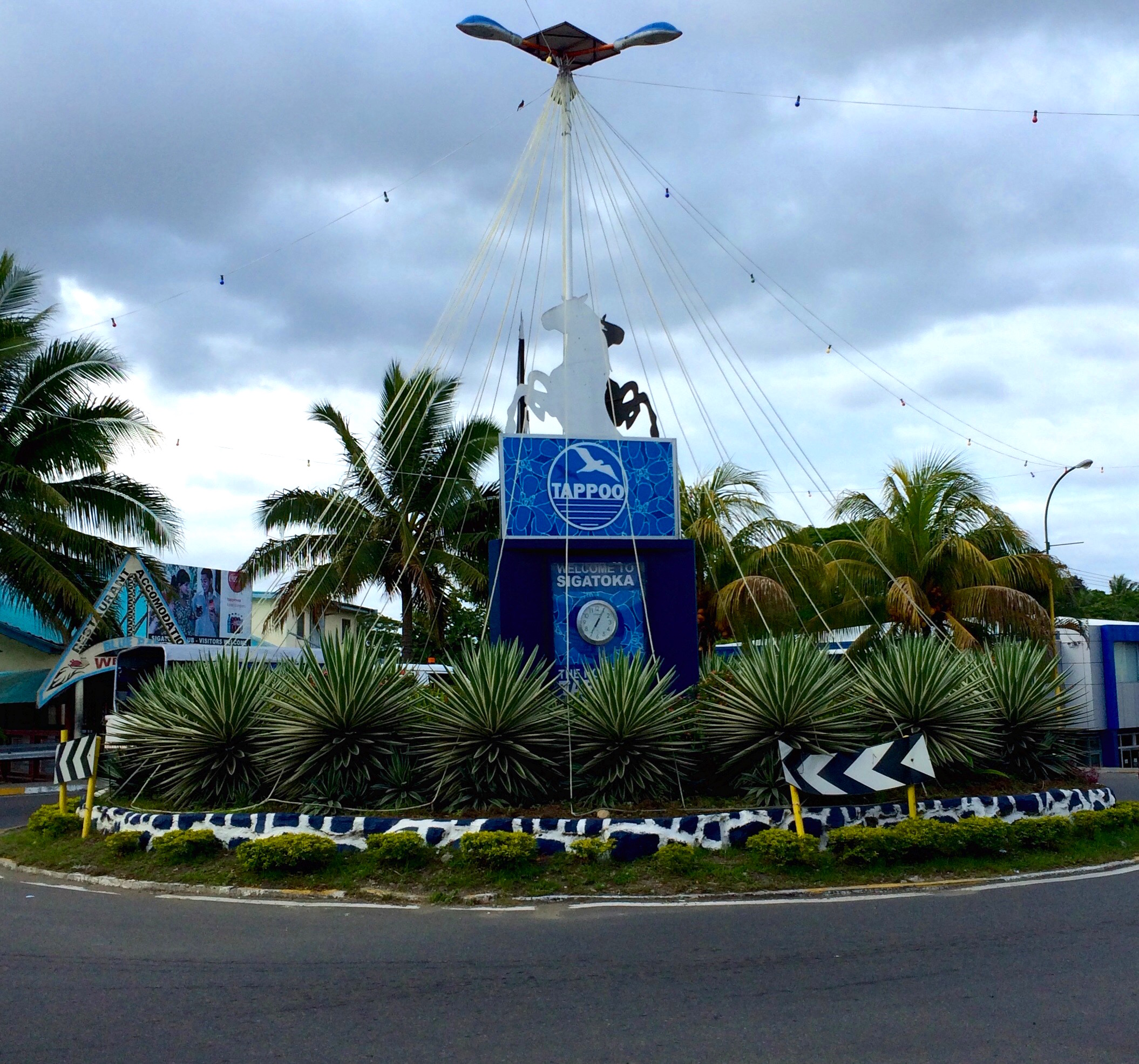|
Coral Coast, Fiji
Coral Coast is the stretch of coastline between Sigatoka and Suva, on the island of Viti Levu, in Fiji Fiji ( , ,; fj, Viti, ; Fiji Hindi: फ़िजी, ''Fijī''), officially the Republic of Fiji, is an island country in Melanesia, part of Oceania in the South Pacific Ocean. It lies about north-northeast of New Zealand. Fiji consis .... This stretch of coast is one of Fiji's tourist areas with resorts located in various locations along the coast and on islands just off the coast. The riverside town of Sigatoka is the centre of tourism for the Coral Coast. It is home to many hotels and resorts with plenty of things to do. From the beach life to trying great foods, there is also a chance to get a real, authentic experience in Fiji. Villagers welcome tourists to experience their day by day life such as, fishing and selling at the local market. References Landforms of Fiji Viti Levu Coasts of Oceania {{Fiji-geo-stub ... [...More Info...] [...Related Items...] OR: [Wikipedia] [Google] [Baidu] |
Sigatoka Fiji
Sigatoka ( ) is a Local government in Fiji, town in Fiji. It is on the island of Viti Levu at the mouth of the Sigatoka River, for which it is named, some 61 kilometres from Nadi. Its population at the 2017 census was 17,622. It is the principal urban centre for the province of Nadroga-Navosa Province, Nadroga-Navosa. An ornate temple, open to public and built by Hare Krishna devotees, dominates the Sigatoka skyline. Major tourist attractions include the Sigatoka Sand Dunes near Kulukulu village, two kilometres northwest of Sigatoka; and the Kula Eco Park, with some 500 birds of 100 species from many tropical countries. The town is also the principal centre for Fiji's coastal tourism belt—the Coral Coast, Fiji, Coral Coast—which has many of the country's leading hotels and resorts. History Sigatoka has a long history of settlement dating to 1000 BCE, when indigenous tribal chiefs occupied the area. In the period of contact, European settlers explored Sigatoka when they made ... [...More Info...] [...Related Items...] OR: [Wikipedia] [Google] [Baidu] |
Sigatoka
Sigatoka ( ) is a town in Fiji. It is on the island of Viti Levu at the mouth of the Sigatoka River, for which it is named, some 61 kilometres from Nadi. Its population at the 2017 census was 17,622. It is the principal urban centre for the province of Nadroga-Navosa. An ornate temple, open to public and built by Hare Krishna devotees, dominates the Sigatoka skyline. Major tourist attractions include the Sigatoka Sand Dunes near Kulukulu village, two kilometres northwest of Sigatoka; and the Kula Eco Park, with some 500 birds of 100 species from many tropical countries. The town is also the principal centre for Fiji's coastal tourism belt—the Coral Coast—which has many of the country's leading hotels and resorts. History Sigatoka has a long history of settlement dating to 1000 BCE, when indigenous tribal chiefs occupied the area. In the period of contact, European settlers explored Sigatoka when they made it as part of Colonial Fiji. In the 1900s, sugarcane farming was ... [...More Info...] [...Related Items...] OR: [Wikipedia] [Google] [Baidu] |
Suva
Suva () is the capital and largest city of Fiji. It is the home of the country's largest metropolitan area and serves as its major port. The city is located on the southeast coast of the island of Viti Levu, in Rewa Province, Central Division. In 1877, the capital of Fiji was moved to Suva from Levuka, the main European colonial settlement at the time, due to its restrictive geography and environs. The administration of the colony was transferred from Levuka to Suva in 1882. As of the 2017 census, the city of Suva had a population of 93,970, and Suva's metropolitan area, which includes its independent suburbs, had a population of 185,913. The combined urban population of Suva and the towns of Lami, Nasinu, and Nausori that border it was around 330,000: over a third of the nation's population. (This urban complex, excluding Lami, is also known as the Suva-Nausori corridor.) Suva is the political, economic, and cultural centre of Fiji. It is also the economic and cultural ... [...More Info...] [...Related Items...] OR: [Wikipedia] [Google] [Baidu] |
Viti Levu
Viti Levu (pronounced ) is the largest island in the Republic of Fiji. It is the site of the nation's capital, Suva, and home to a large majority of Fiji's population. Geology Fiji lies in a tectonically complex area between the Australian Plate and the Pacific Plate. The Fiji Platform lies in a zone bordered by active extension fault lines, around which most of the shallow earthquakes in the area have been centred. These fault lines are: the Fiji Fracture Zone (FFZ) to the north; the 176° Extension Zone (176°E EZ) to the west; and the Hunter Fracture Zone (HFZ) and Lau Ridge to the east. The oldest rocks on the island are those formed during the Eocene and Lower Miocene epochs that belong to the Wainimala group. The lower portion of the group is made up of volcanic flows and volcanoclastics, which grade from basalt to trachyte and rhyolite. Geographically, this group is found south of Nadi, including on the peaks of Koromba (at 3528 feet high) and Natambumgguto (at 1242 ... [...More Info...] [...Related Items...] OR: [Wikipedia] [Google] [Baidu] |
Fiji
Fiji ( , ,; fj, Viti, ; Fiji Hindi: फ़िजी, ''Fijī''), officially the Republic of Fiji, is an island country in Melanesia, part of Oceania in the South Pacific Ocean. It lies about north-northeast of New Zealand. Fiji consists of an archipelago of more than 330 islands—of which about 110 are permanently inhabited—and more than 500 islets, amounting to a total land area of about . The most outlying island group is Ono-i-Lau. About 87% of the total population of live on the two major islands, Viti Levu and Vanua Levu. About three-quarters of Fijians live on Viti Levu's coasts: either in the capital city of Suva; or in smaller urban centres such as Nadi—where tourism is the major local industry; or in Lautoka, where the Sugarcane, sugar-cane industry is dominant. The interior of Viti Levu is sparsely inhabited because of its terrain. The majority of Fiji's islands were formed by Volcano, volcanic activity starting around 150 million years ago. Some geo ... [...More Info...] [...Related Items...] OR: [Wikipedia] [Google] [Baidu] |
Landforms Of Fiji
A landform is a natural or anthropogenic land feature on the solid surface of the Earth or other planetary body. Landforms together make up a given terrain, and their arrangement in the landscape is known as topography. Landforms include hills, mountains, canyons, and valleys, as well as shoreline features such as bays, peninsulas, and seas, including submerged features such as mid-ocean ridges, volcanoes, and the great ocean basins. Physical characteristics Landforms are categorized by characteristic physical attributes such as elevation, slope, orientation, stratification, rock exposure and soil type. Gross physical features or landforms include intuitive elements such as berms, mounds, hills, ridges, cliffs, valleys, rivers, peninsulas, volcanoes, and numerous other structural and size-scaled (e.g. ponds vs. lakes, hills vs. mountains) elements including various kinds of inland and oceanic waterbodies and sub-surface features. Mountains, hills, plateaux, and plains are the fou ... [...More Info...] [...Related Items...] OR: [Wikipedia] [Google] [Baidu] |






.jpg)